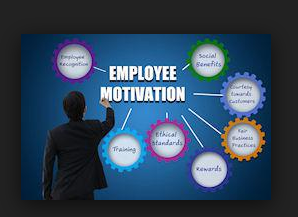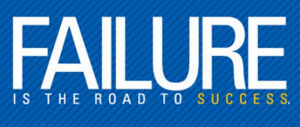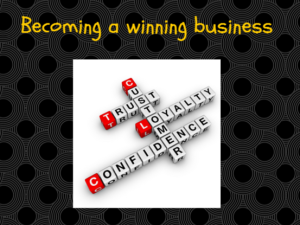According to a survey from Campaign, 70% of agency employees are “actively job seeking.” Wow, that is a very large number. These agencies need more attention to small business employee motivation, don’t they?

Check out our thoughts on team leverage
And the agency world is not their only option. Competition from high-growth tech firms, startups, and other creative industries combined with traditionally low agency salaries is causing agency executives to look at recruiting as their #1 priority.
If agencies want to remain competitive, they need to understand what in-demand talent wants, how to create a culture of retention, how to train up young talent, and how to drive qualified candidates to their agencies — all in an effort of attracting and keeping great creatives, skilled digital marketers, and experienced professionals that clients want to work with.
Let’s consider some more factors to motivate employees:

Employee motivation … learning opportunities
Learning opportunities and a culture where people feel engaged, supported, and encouraged are all important, but those are obvious.
Beyond that, agency leaders must make time to develop their talents’ careers. We must take the lead in initiating conversations to reaffirm that we are listening and that their growth is important to us. It’s not just about average conversations; it’s about getting out of the office, grabbing a cup of coffee, and making the conversation more personal.
People need to understand their opportunities for growth as they often leave when they don’t know what’s next. Managing expectations and providing a roadmap for growth and advancement is sometimes all it takes. Knowing they have a mentor, coach, or even just an ear goes a tremendous way.
When good people leave because they didn’t know their career path, shame on us. We should have listened.
Open, fun culture
An open, fun-oriented culture is where people are empowered to act instead of waiting to be told what to do. A place where people can be themselves and are encouraged to pursue outside interests and passions (it’s what makes ours an interesting business).
As long as people are doing the work, they must be given the freedom to live vital lives.
Ability to make a difference
Top talent wants to know that their expertise and their efforts matter. They are driven to produce results, but it’s more than that. They want to be part of the decision-making process for the company as a whole as well as for the clients they work with.
There must be a well-defined path for growth, responsibility, and compensation, but maybe more important is an open line of communication with senior management. It’s equally important for them to keep the lines open with the employees they manage as well. This is how they earn the respect of co-workers and the role of leader in the agency.
Small business employee motivators … autonomy
Far and away, autonomy matters most to top talent. At the best companies, that means having a voice in the direction of your career and of the business as a whole. It means having the flexibility to do the job where and when it makes sense for you as a person, parent, or employee. And it means being empowered to push for great work knowing the company will have your back.
Responsibility and task ownership
Our top team members want more responsibility and to be able to contribute to the growth of the business in a meaningful way. They want their ideas to be heard and executed. They also want a wide-open career path with lots of options for advancement.
The key to recruiting and maintaining top industry talent is a company’s culture. Whether it’s individual training and development, leadership programs, or all-inclusive town hall meetings with agency leaders — everything the business does should be in pursuit of making talent and their work better. At our small agency, we’ve built our space around the tenets of our culture, remodeling our offices to an open and collaborative workspace. It’s now a breeding ground for interaction, creativity, and innovation.

